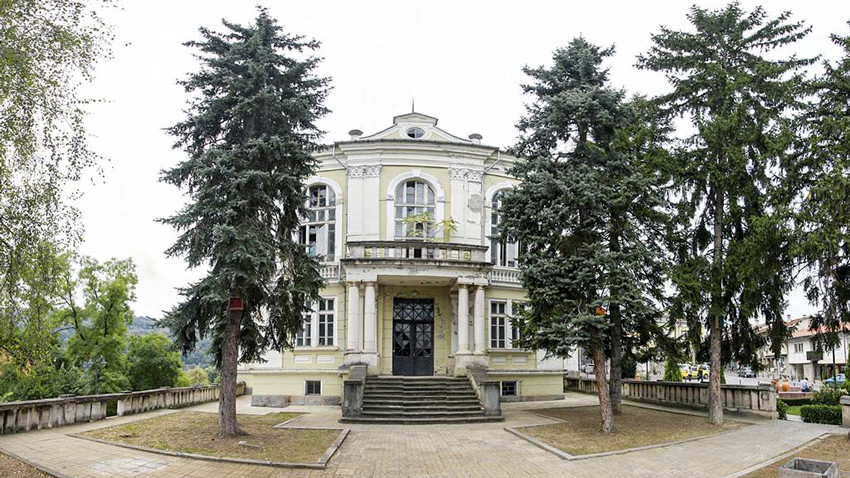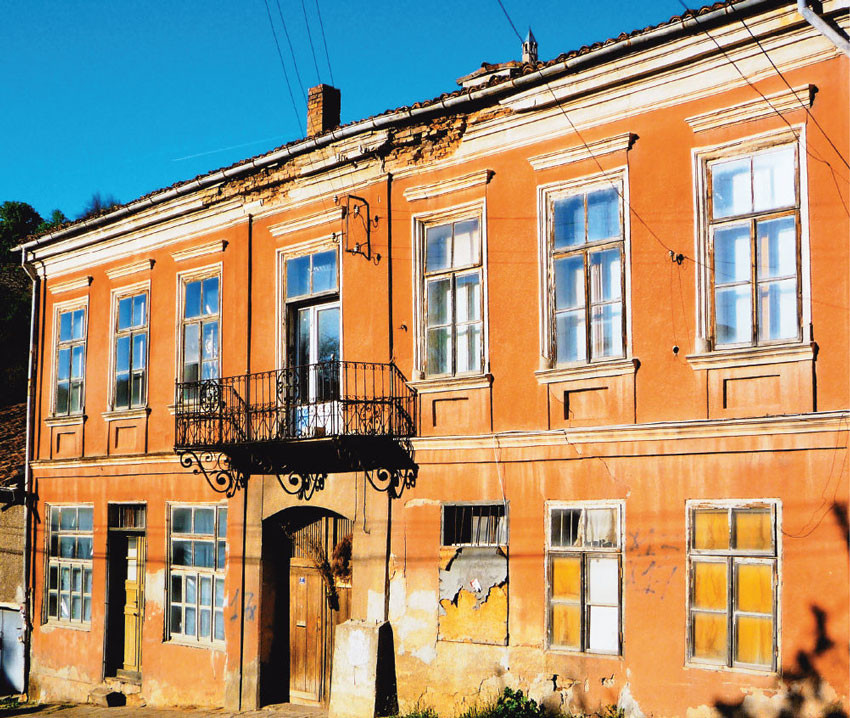The town of Veliko Tarnovo has its own special place in the heart of every Bulgarian. To this day the town manages to preserve and keep alive the historical memory of its former greatness as the old capital of the Second Bulgarian Kingdom. Even after it was conquered by the Ottomans in 1393, Tarnovo did not cease to be a centre of the Bulgarian spirit, culture and resistance to the enslavement. During the National Revival Period and after Bulgaria’s Liberation from the Ottoman Rule in 1878, Tarnovo was home to many Bulgarians who became part of the intellectual and ruling elite of the young Bulgarian state. Among them are the names of the revolutionary and later Prime Minister of the country Stefan Stambolov, the prominent public figure and playwright Dobri Voynikov, the writer Lyuben Karavelov and many others.
In this article we have chosen to present three buildings with a curious past in the town of Veliko Tarnovo - the home of the Minister of War and Regent - General Nikola Mihov, the House of the Bishopric owned by the Bulgarian Orthodox Church and the building of the former Audit Office.
In the past, the regional Audit Office was an important administrative building for the town. Its construction was commenced with a solemn ceremony of blessing of the waters and amid huge public expectation as a fire in 1906 had burnt down the town hall. The building still impresses with its façade layout and decorative ornamentation. It is also known as the first public building with its own central heating. With wide corridors, 32 rooms and a meeting room, the building has always fulfilled representative functions, of which today we could only guess by looking at its elegant appearance. Architect Georgi Kozarov is considered the author of the architectural plan, we learn from chronicler Mariana Melnishka in an interview for Radio Bulgaria:
"This edifice was built in 1910-1911 and has an incredible façade with many columns, a beautiful pediment and exquisitely decorated windows. Alas, they are now "stabbed out" and the mirrors along the stairs are broken. The interior decoration has also remained forever in the past. The building has been sold by the municipality to a new owner who shows indifference to it."

The building of the Audit Office is united with that of the Bishopric by a characteristic architectural element - the so-called laterna.
"On the roof, one can see an eight-sided box with windows on all sides that serves to illuminate the room below. Alternatively, it may be used for ventilation, because instead of windows, in some houses there are plates that are driven by wind gusts. So they form a natural air conditioner that is much healthier than the one we have now."

The town's archives lack information on who owned the building before it came into possession of the town’s Bishopric. It is said that a teacher used to live there, but no one is quite certain. What’s the reason that the past of this beautiful building has sunk into oblivion?
"In large and smaller cities in Bulgaria, architectural monuments are not well documented, and if there are no records of them in the town’s archives, much of the memory is lost," Mariana Melnishka said, voicing her regret that this memory is almost impossible to recover nowadays.
After 1944 when Communists took power in Bulgaria, many of the beautiful houses in Tarnovo were forcibly nationalized or they were used to house people from the countryside, while only one of the rooms was left for the owners. The home of the prominent Bulgarian military leader, minister of war and regent, after the sudden death of Tsar Boris III in 1943, General Nikola Mihov was lucky to fall into the hands of bona fide owners. It was given to artists who turned it into their own club and maintained it as far as their funds allowed.

The house was built in the style of Bulgarian national romanticism typical for the early 20th century. It is characterized by a combination of architectural elements of Bulgarian medieval architecture with the typical floral motifsof the Secession period, which are immediately noticeable on the beautiful balcony in the central part of the building. Built at the beginning of the past century, the ochre-painted building still adorns a street in Tarnovo at the foot of the medieval fortress of Tsarevets, though time has left its merciless imprint on it.
English Rossitsa Petcova
Photos: Alexander Gerov and archiveAn exhibition of priceless artefacts from Bulgaria's history will be on show at the Etar open-air ethnographic museum near Gabrovo from March 1 to 5 . Visitors will find the exposition in the largest building of the ethnographic complex, which is..
A service in the Russian church "St. Nikolay Mirlikiyski“ solemnly honored the memory of Saint Seraphim of Sofia. The service was led by Bishop Gerasim of Melnik in collaboration with priest Vladimir Tishchuk and priests from the..
With several initiatives, the Regional History Museum in Veliko Tarnovo is commemorating 151 years since the death of the Apostle. "Levski in our hearts" is the theme of the educational initiative "Museum in a Suitcase", which visited schools and..
The tangents between biology and ecclesiastical icon-painting are unknown and incomprehensible to those who are devoted to science. For Ekaterina Titova, a..

+359 2 9336 661
